

34 products






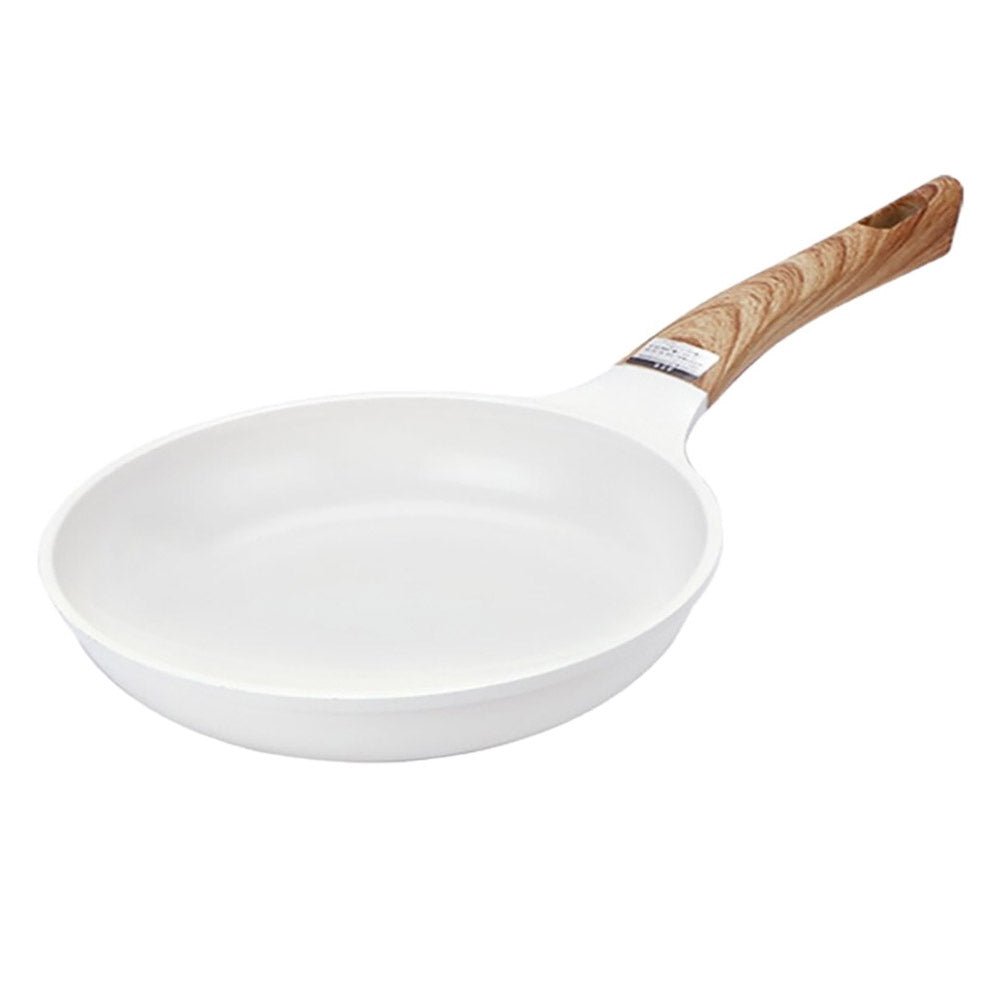

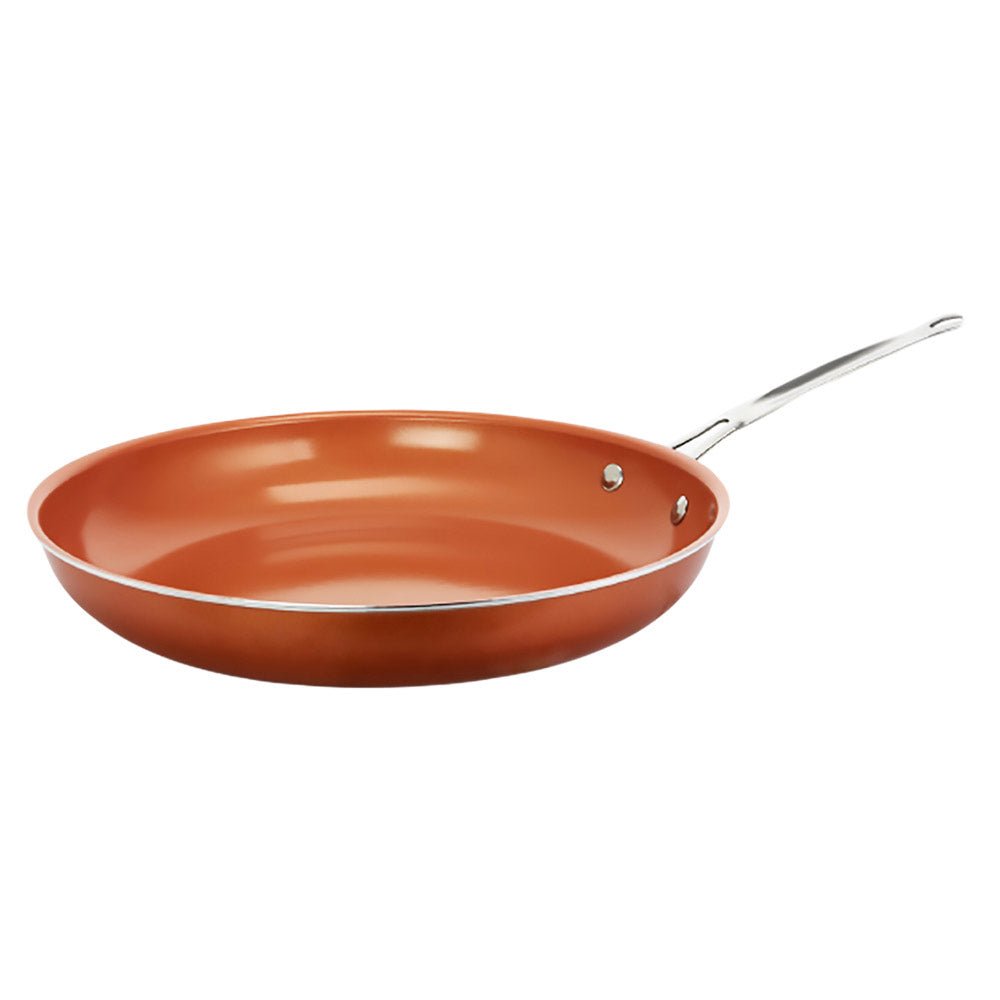







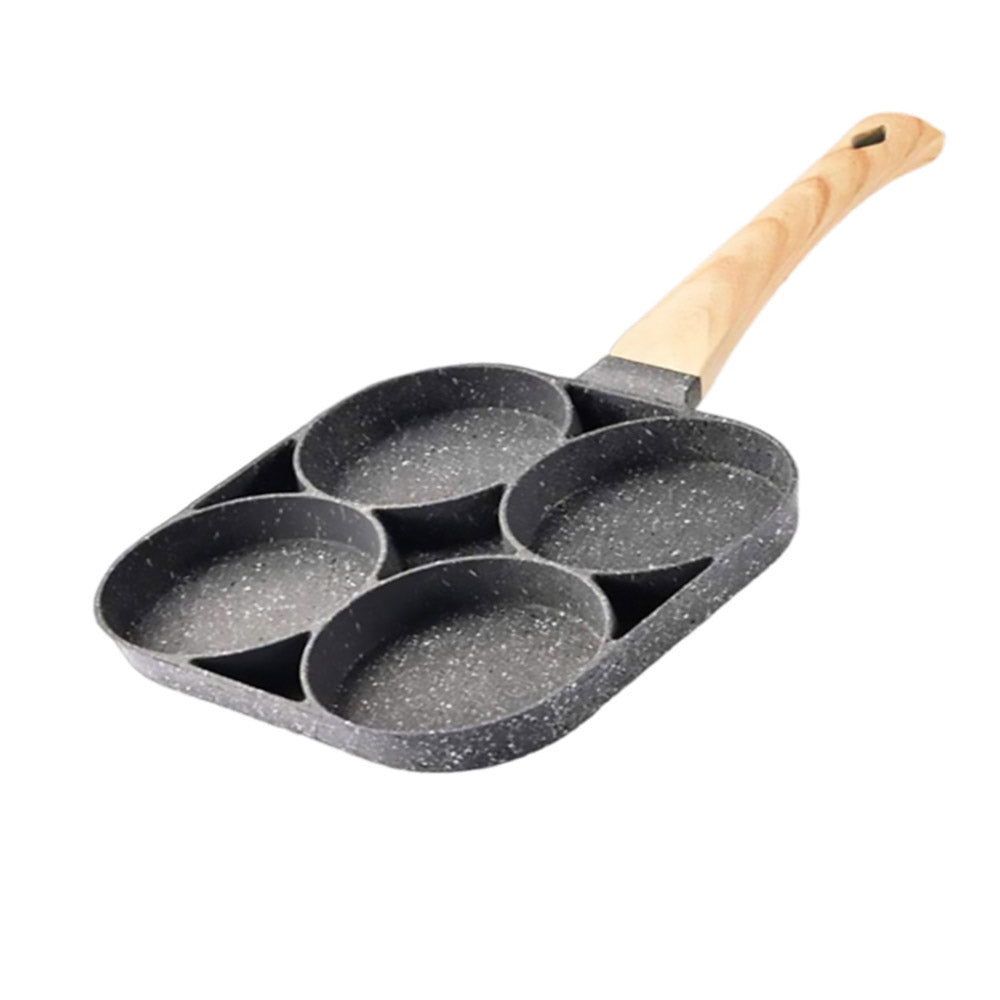
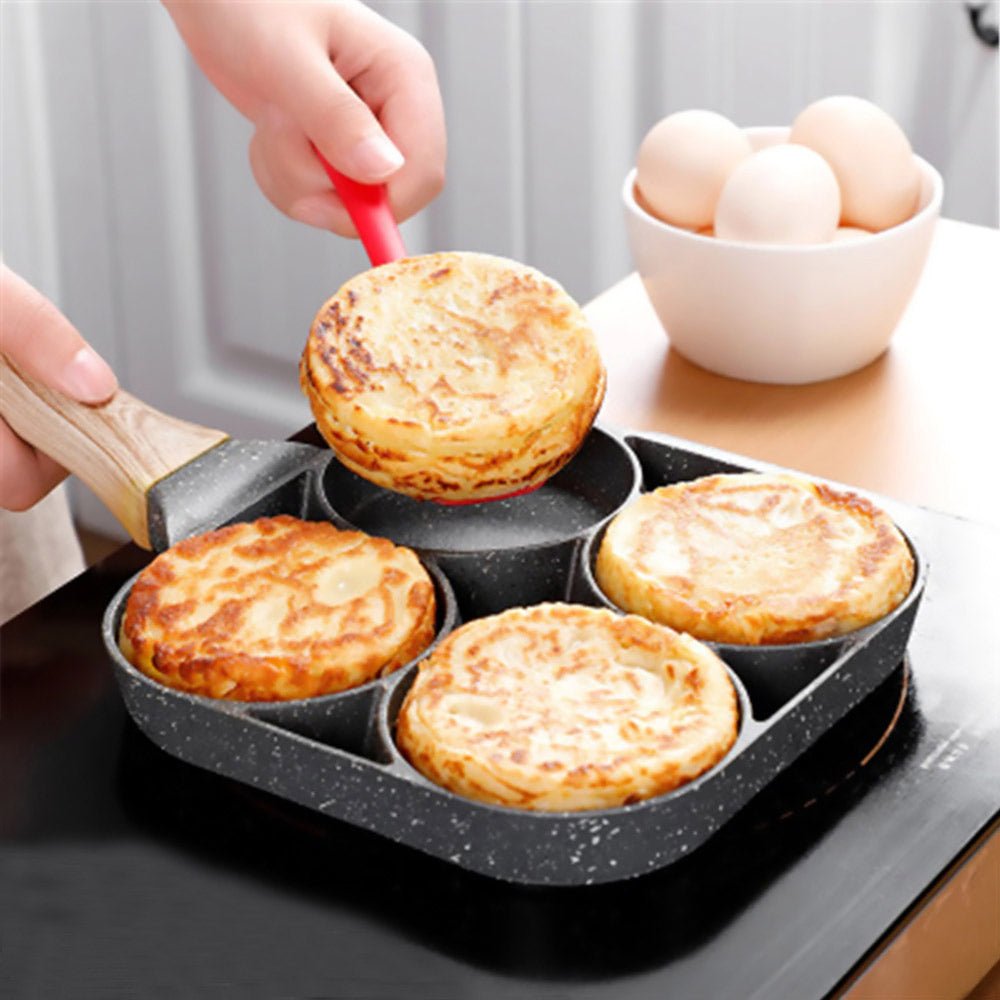




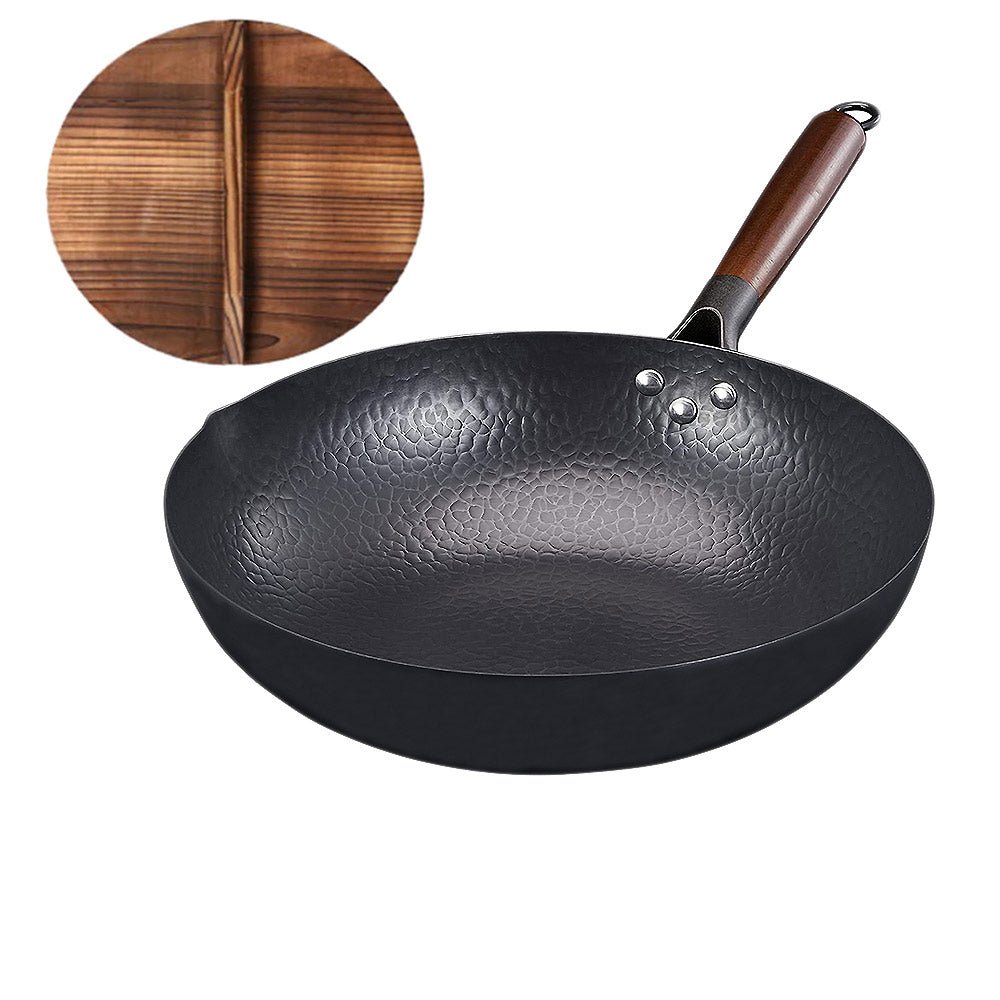
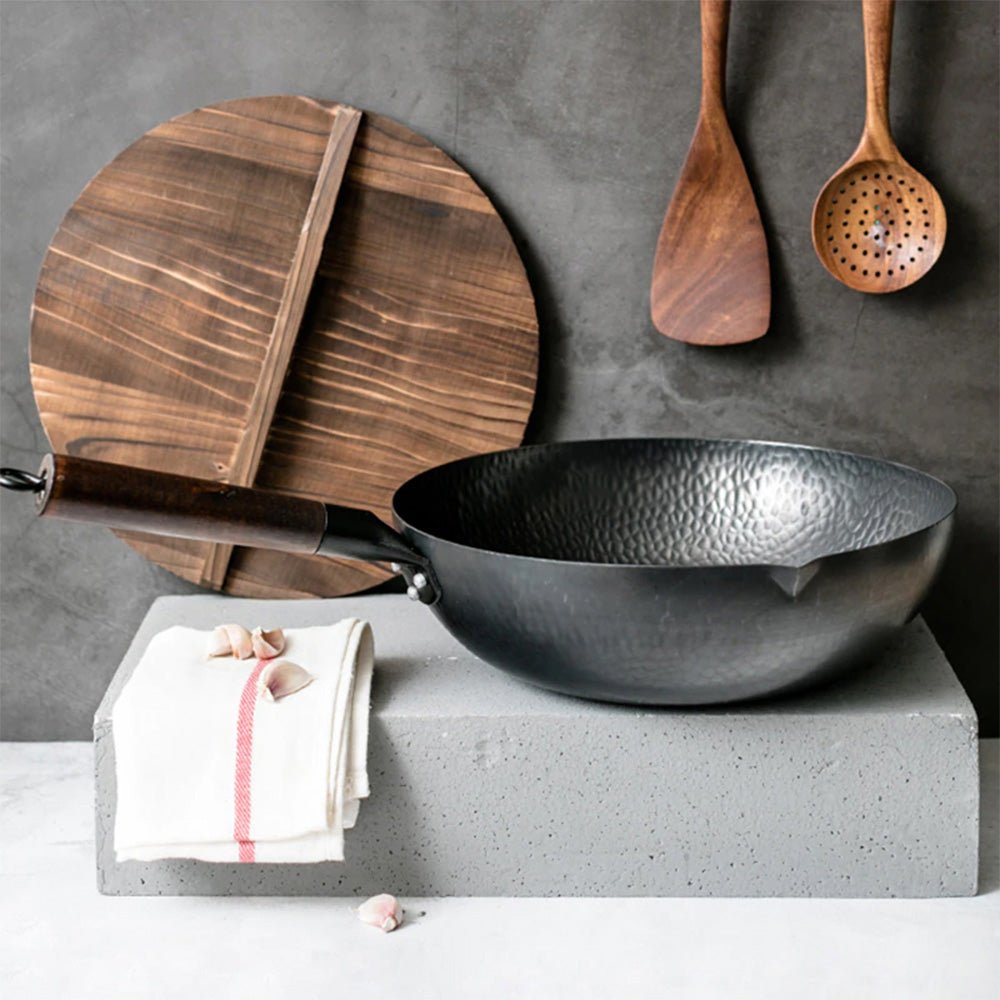


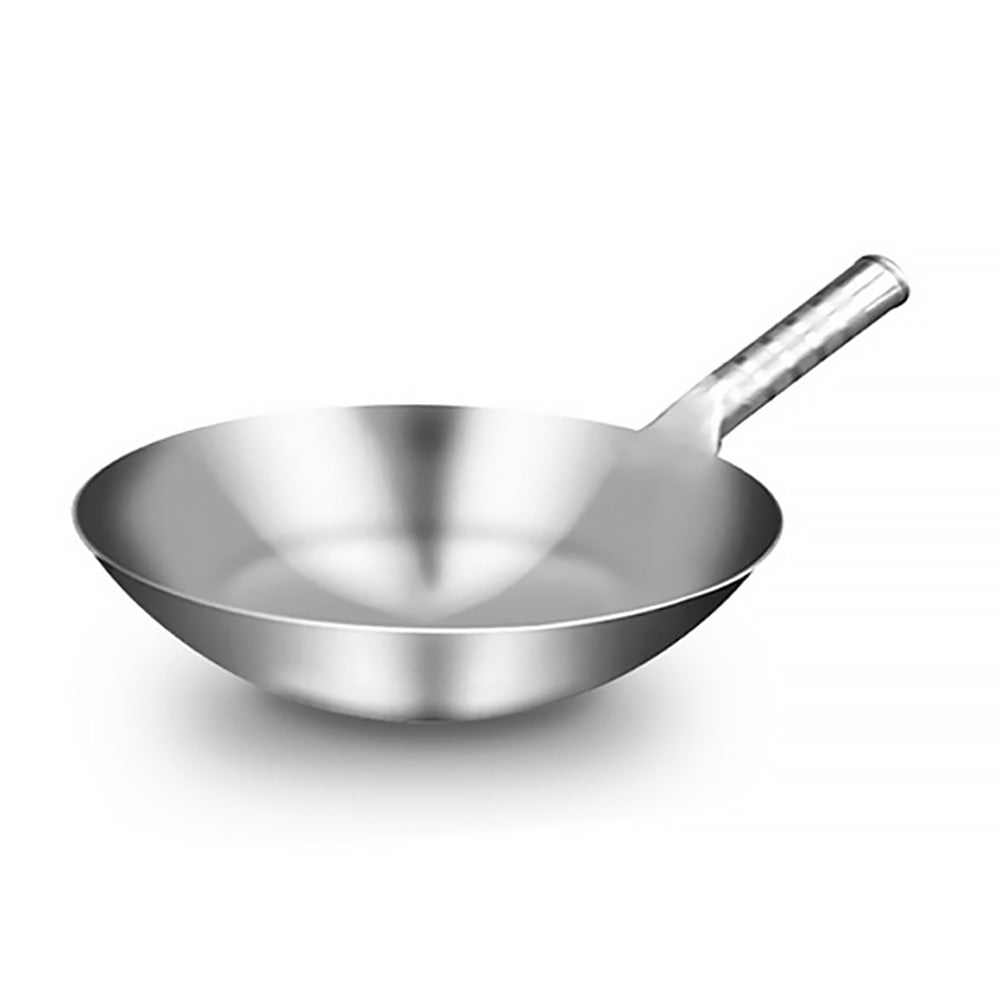


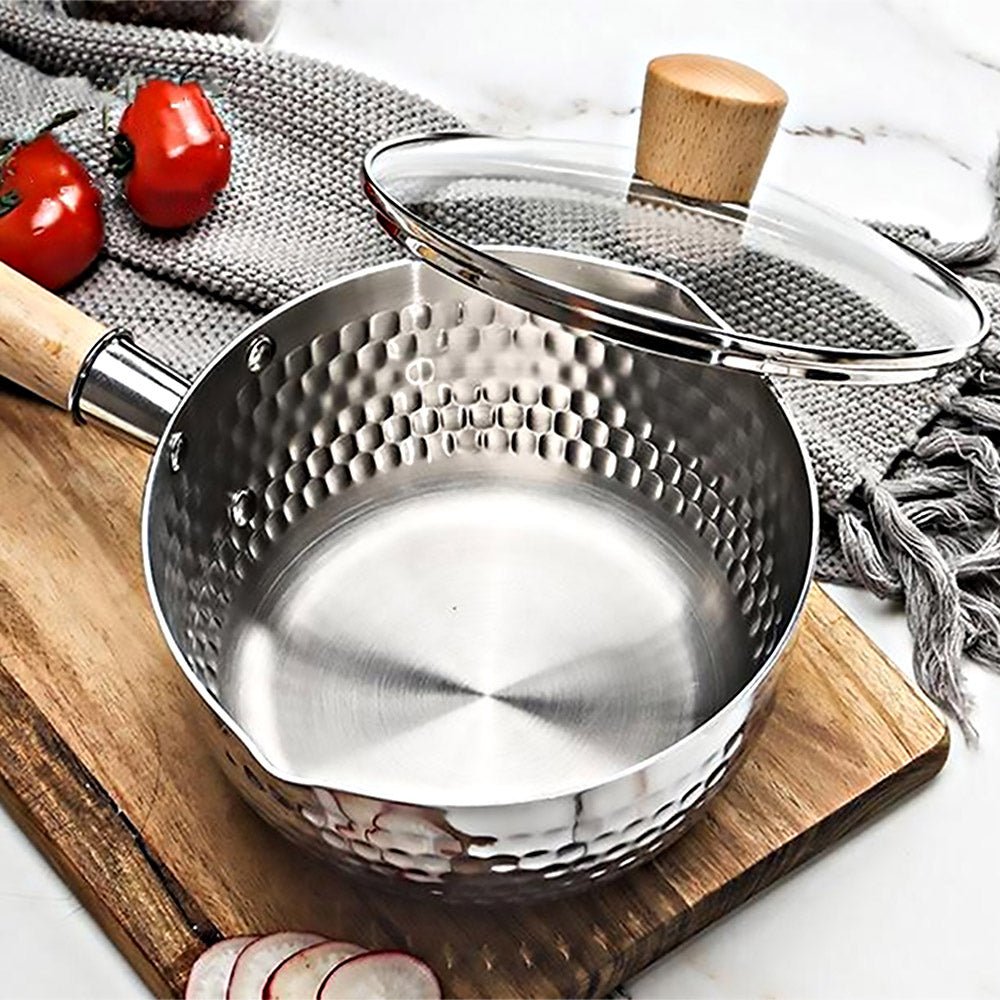


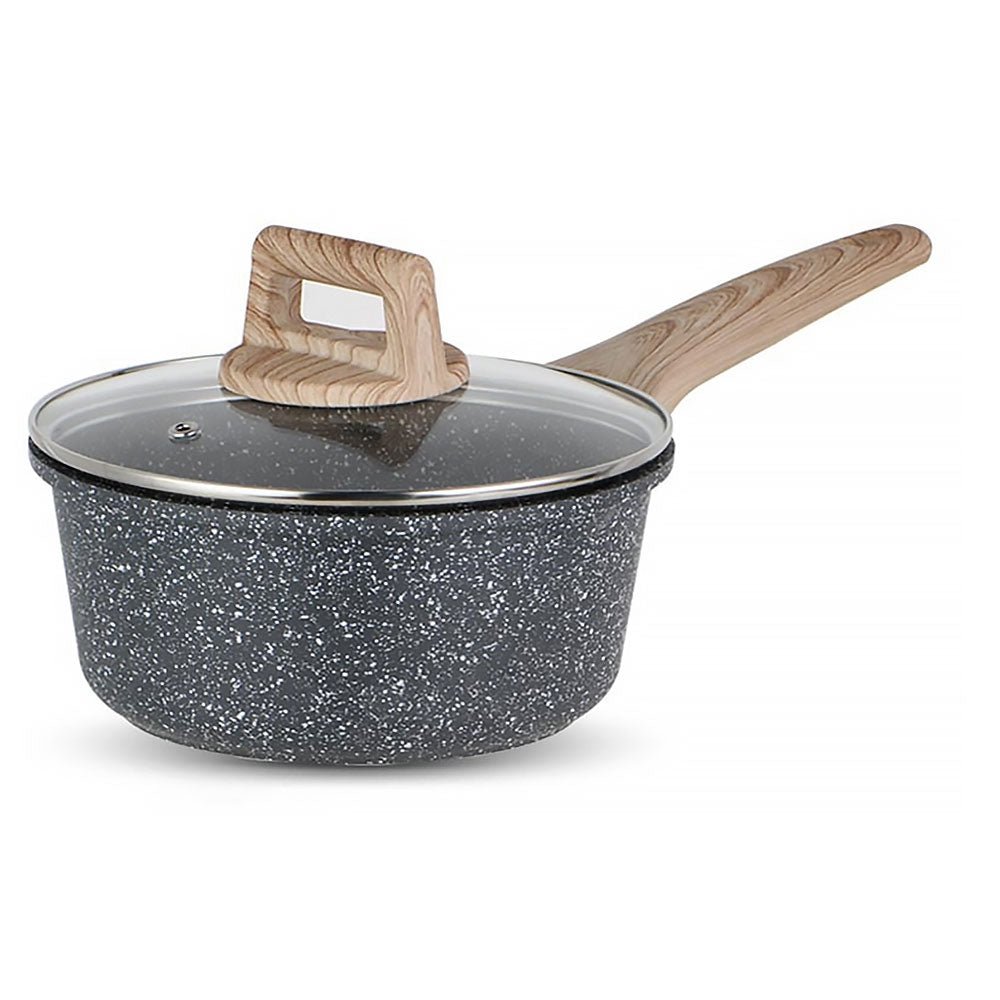
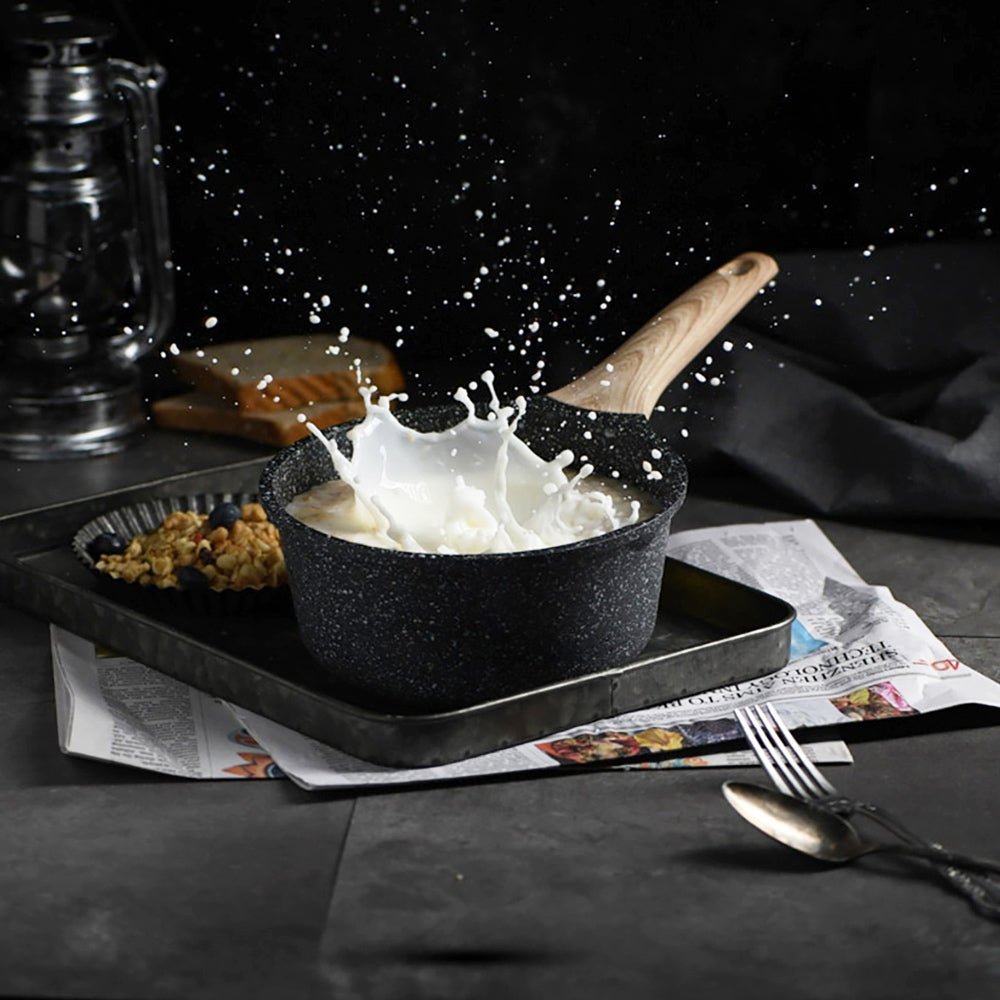
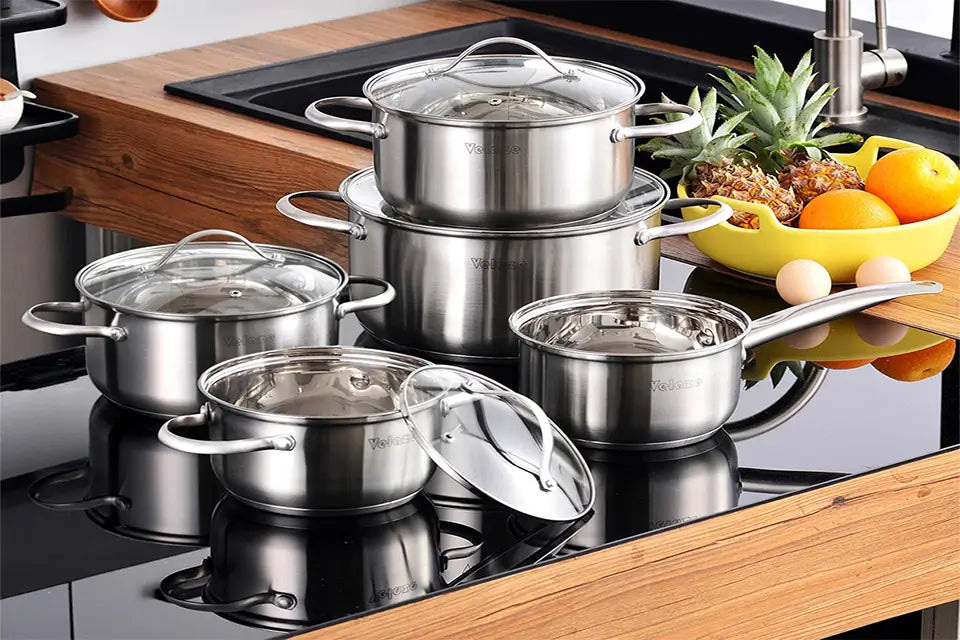
explore our expert guide to make informed choices.
Induction compatible cookware is designed for induction cooktops, which use electromagnetic energy to heat the cookware directly. To be compatible, the cookware must have a magnetic base, typically made from cast iron or stainless steel. Induction cookware heats quickly, offers precise temperature control, and is energy-efficient, making it a great choice for fast, even cooking. Non-magnetic materials like aluminum and copper need a magnetic layer added to be used with induction cooktops.
An easy way to test whether cookware is induction compatible is to determine whether the base is magnetic—if a magnet sticks to the bottom of the pan, it’s induction-friendly.
The safest cookware options are those made from non-toxic, non-reactive materials that do not leach harmful chemicals into food. Here are some of the safest cookware materials:
Stainless Steel: It is durable, non-reactive, and free from harmful chemicals like PTFE, PFOA, or lead. It's one of the safest materials for everyday cooking.
Cast Iron: Made from natural iron, it's free from harmful chemicals. It may release trace amounts of iron into food, which is generally considered beneficial, but it needs proper seasoning to maintain its non-stick properties.
Ceramic: Non-toxic and free from PTFE, PFOA, and heavy metals like lead or cadmium. Ceramic cookware is made from natural materials and often has a non-stick surface without harmful chemicals.
Enamel-Coated Cast Iron: Enamel-coated cast iron offers the benefits of traditional cast iron but with a smooth, non-reactive surface that doesn't require seasoning.
Glass: Non-reactive and free from chemicals like PTFE or PFOA, making it safe for cooking and baking.
The safest cookware is stainless steel, cast iron, and ceramic, as they are free from harmful chemicals and offer long-lasting, safe cooking options.
To choose the perfect cookware for your needs, consider the following key factors for a comprehensive selection:
1. Cooking Style:
2. Material:
3. Compatibility with Your Stove:
4. Maintenance:
5. Budget:
Conclusion:
By carefully considering your cooking style, material preferences, stovetop compatibility, maintenance needs, and budget, you can make a well-informed decision about the cookware that will best suit your needs and elevate your cooking experience.
To maintain your cookware collection effectively, follow these key steps:
Clean Regularly:
Stainless Steel: Use a mild detergent and a non-abrasive sponge. To remove stains, try a stainless steel cleaner.
Cast Iron: Clean with hot water (no soap) and dry immediately. Re-season periodically with oil to maintain its non stick surface.
Non-stick: Wash with soft sponges to prevent damaging the coating. Avoid abrasive cleaners.
Porcelain: Use non-abrasive scrubbers and avoid sudden temperature changes to prevent cracking.
Avoid High Heat:
For non-stick and aluminum cookware, use medium to low heat to avoid damaging the coating or warping the pan.
Season Cast Iron:
Regularly re-season your cast iron cookware with a thin layer of oil to maintain its non-stick surface and prevent rusting.
Dry Immediately:
After washing, dry your cookware immediately to prevent water spots on stainless steel or rusting on cast iron.
Store Properly:
Use pan protectors or hang your cookware to avoid scratching. Store non-stick and ceramic cookware carefully to protect the coating.
Avoid Dishwasher (for Some):
Avoid placing cast iron, non-stick, and copper cookware in the dishwasher to prevent damage.
By following these maintenance tips, your cookware will perform better and last longer, ensuring you get the most out of your collection.